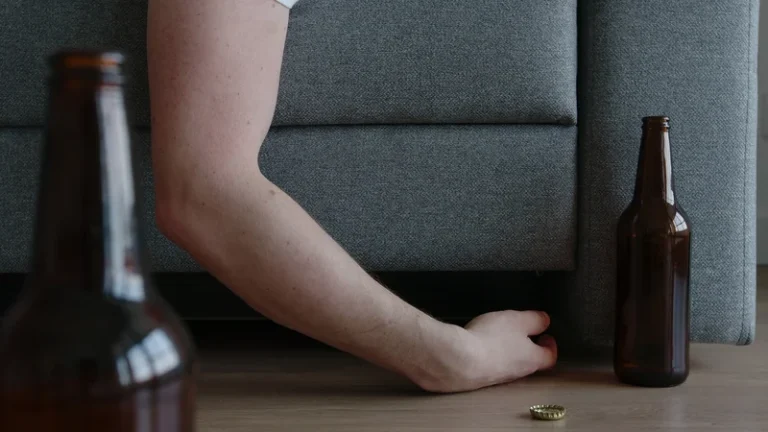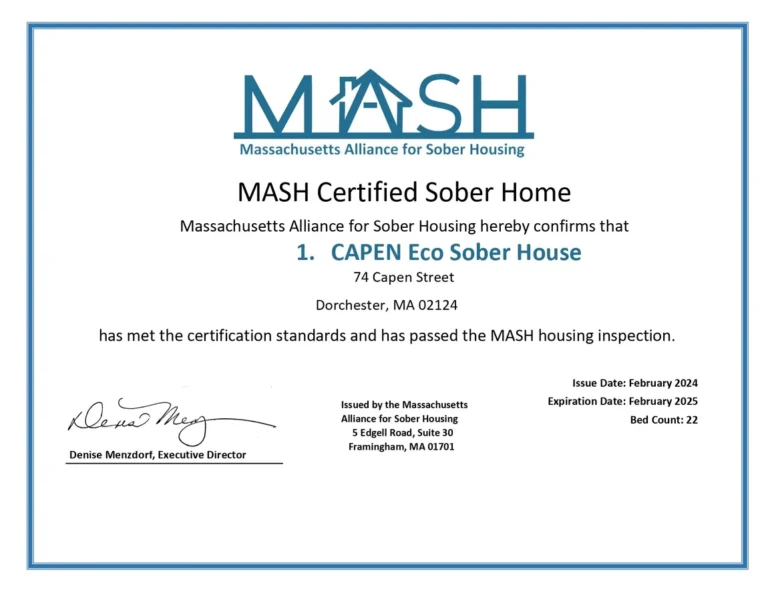
Our care specialists are ready to assist with acute mental health crises and co-occurring mental health disorders. After treatment, we will work with you to ensure a smooth transition to less intensive, supplementary levels of care. For these reasons, alcohol can aggravate symptoms of rosacea to a much more noticeable extent. Moreover, certain types of alcohol, like red wine, are more likely to trigger rosacea than others. A liver enzyme called aldehyde dehydrogenase 2 (ALDH2) breaks acetaldehyde down into less toxic substances.
How Rosacea And Alcohol Abuse Lead To Drinker’s Nose
- Alcohol flush reaction refers to facial flushing after drinking alcohol.
- While some medications and creams can help treat the condition, in the case of alcohol abuse, they’re a Band-Aid for the underlying trigger.
- In this article, we examine why some people experience facial flushing from alcohol while others do not, the risks of this side effect, and how to prevent it.
- In rhinophymatous rosacea the inflammation is usually more aggressive, with tender red lumps on the nose and pimple-like pustules occurring frequently.
- While rosacea and alcohol abuse have similar symptoms such as a flushed face and bumpy skin, alcoholism is not believed to be the cause.
- “[Rhinophyma–diagnosis and treatment].” Polish Journal of Otolaryngology, 2004.
- Take our short alcohol quiz to learn where you fall on the drinking spectrum and if you might benefit from quitting or cutting back on alcohol.
While anyone can develop rhinophyma, it’s most commonly reported in white males, especially over age 50. Experts theorize that androgenic hormones alcoholic nose found in males may trigger rhinophyma. From your initial assessment to discharge planning, our compassionate care staff will be there for you.

Why does my face go red after drinking alcohol?
If you think your drinking habits are causing your alcoholic nose flare-ups, know that the best way to stop them is to quit drinking. Alternatively, someone who suffers from alcohol addiction may feel like their rosacea is a constant, visible reminder of their struggles. Fortunately, it is possible to manage symptoms of rhinophyma to lessen their impact on daily life.
Rhinophyma Treatment

A survey by the National Rosacea Society found that red wine was the most common culprit, followed by white wine and beer. The condition is most common in men between the ages of 50 and 70. Because alcohol dilates blood vessels and damages the vascular system, it can aggravate rhinophyma and other types of rosacea. While rosacea and alcohol abuse have similar symptoms such as a flushed face and bumpy skin, alcoholism is not believed to be the cause. If you are worried about alcohol abuse, our admissions team is available to help you or your loved one. Today, we’ll expand upon the importance of avoiding your triggers.
- Dr. Sengupta shares some of the not-so-obvious effects that alcohol has on your body.
- “Rhinophyma” is the medical term for “drinker’s nose”, which is a side effect of the skin condition rosacea.
- For people who develop rhinophyma, their face skin thickens, especially around the nose.
- Rarely, severe pain after drinking alcohol is a sign of a more serious disorder, such as Hodgkin’s lymphoma.
Understanding Rosacea

If you are suffering from an alcoholic nose and are an alcoholic, you can get help. It is okay to reach out for help regardless of what is happening. For help with rhinophyma, you can get in touch with your dermatologist or your general practitioner. They can help prescribe a lotion or medication that you can take to reduce the inflammation and lower the visible symptoms of your rosacea. In general, people with rosacea tend to flush more when they are drinking. So a person with rhinophyma may see their nose get redder or more pigmented when they drink.
- If you’re struggling with alcohol addiction, many treatment options are available.
- It is incredibly important to remember that alcohol does not cause this disorder.
- If a person has an existing rhinophyma condition, alcohol may aggravate it.
- Most think of it as synonymous with alcoholism, however it’s a real condition not caused by alcohol.
Signs and symptoms
- Located on a 15-acre campus in the beautiful mountains of Colorado, our state-of-the-art facility can provide you with the ongoing support needed for lifelong addiction recovery.
- Facial flushing after drinking alcohol is a symptom of high alcohol sensitivity, which means that the body is less tolerant of alcohol.
- During your time in our inpatient rehab setting, you will learn effective coping strategies to handle life’s daily stressors without using substances.
- Some people benefit from oral antibiotics, as well, or a drug for acne.
- Antibiotics from the local doctor can help and in resistant cases there are dermatologist restricted retinoids (like Vitamin A) available.
- Join 40,000+ People Who Receive Our Newsletter Get valuable resources on addiction, recovery, wellness, and our treatments delivered directly to your inbox.
They define moderate amounts as one drink per day for women and two for men. While the flush itself is not dangerous, people who experience it are at higher risk of high blood pressure and other health problems. Flushing does not cause immediate health problems, but it may signal an increased risk of some serious health issues, such as high blood pressure and certain types of cancer. Cirrhosis further worsens the condition and can lead to serious complications. In case of severe damage, the liver cannot heal or return to normal function.
